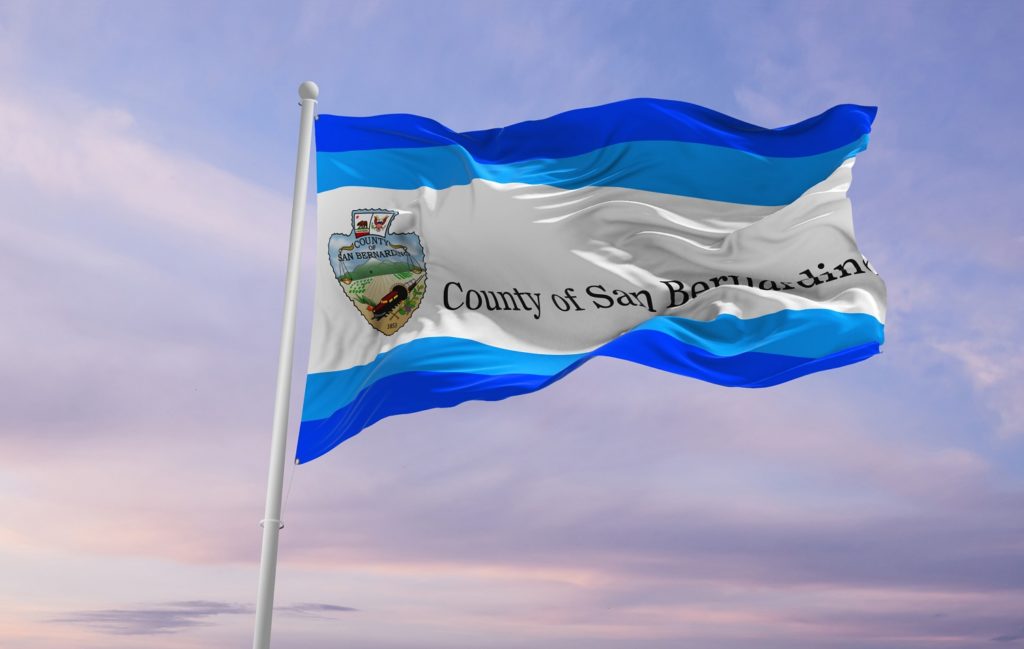
The bus and rapid transit system in San Bernardino, CA is operated by Omnitrans, a public transit agency that serves the San Bernardino Valley area. The system includes a variety of bus routes, as well as a rapid transit line known as sbX.
The bus system in San Bernardino includes both local and express routes, with service to destinations throughout the city and surrounding areas. Local routes provide frequent stops and serve residential neighborhoods, while express routes have fewer stops and are designed for commuters traveling to and from downtown San Bernardino and other employment centers.
One of the most popular bus routes is the Route 1, which runs from the San Bernardino Transit Center to the University of Redlands, passing through downtown San Bernardino, Cal State San Bernardino, and Loma Linda. Route 1 operates seven days a week and runs every 15 minutes during peak hours, every 30 minutes during off-peak hours, and every 60 minutes on weekends.
In addition to the bus system, San Bernardino also has a rapid transit line known as sbX. The sbX line is a bus rapid transit (BRT) system that runs from the Cal State San Bernardino campus to the Loma Linda VA Hospital, passing through downtown San Bernardino and the San Bernardino Transit Center. The sbX line operates with articulated buses that have low floors for easy boarding, and features dedicated bus lanes, as well as traffic signal priority. The sbX line is designed to provide fast, reliable service to key destinations in the city.
The sbX line operates seven days a week and runs every 10 minutes during peak hours, every 15 minutes during off-peak hours, and every 20 minutes on weekends. The sbX line has become increasingly popular among commuters, with ridership numbers showing a steady increase in recent years.
The total number of passengers carried by Omnitrans in San Bernardino was around 15.5 million in 2019. This includes all bus and sbX services. The sbX line alone carried around 2.5 million passengers in 2019, an increase of 12% over the previous year. The Route 1 bus service also had a high ridership, carrying around 3.5 million passengers in 2019.
Overall, the bus and rapid transit system in San Bernardino provides a convenient and reliable transportation option for residents and visitors. The system offers a variety of routes and services, including local and express bus routes, as well as the sbX rapid transit line. The system also provides convenient connections to other transportation options, such as Metrolink and the San Bernardino Transit Center, which serves as a hub for various bus and rail services.
In recent years, Omnitrans has been investing in improvements to the system, such as the purchase of new buses, the installation of new bus shelters, and the construction of new bus stops. These improvements are aimed at increasing the system’s efficiency and reliability, and making the bus and rapid transit system in San Bernardino an even more attractive transportation option.
However, the system also faces some challenges. One of the main challenges is the lack of funding for necessary infrastructure improvements and the purchase of new buses. Additionally, the system struggles with high operational costs, which are partly due to the high cost of fuel.
In conclusion, the bus and rapid transit system in San Bernardino, CA, provided by Omnitrans, is a vital transportation option for the city and its surrounding areas. The system offers a variety of bus routes and the sbX rapid transit line, connecting residents and visitors to key destinations in the city. The system is continuously improving, with ridership numbers increasing year-over-year. However, the system faces some challenges, such as lack of funding and high operational costs, that need to be addressed.
